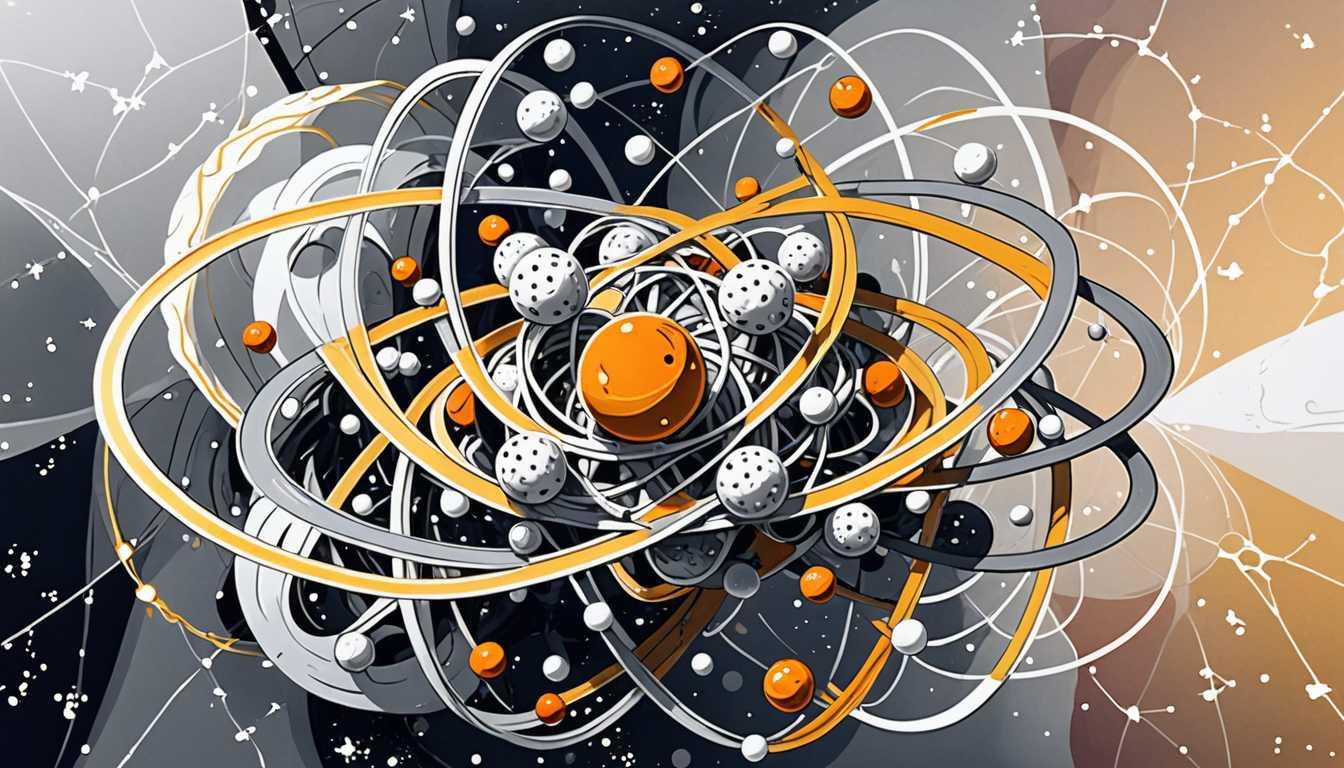Black Hole's Cosmic Ejection Captured
April 2023
Smithsonian Magazine
Introduction
Ever wondered what a black hole's bad hair day looks like? Smithsonian Magazine reveals a cosmic spectacle: a black hole fiercely ejecting a jet of matter, stretching a whopping 5,000 light-years! This isn't just any photo; it's the first to show the jet's base snuggling up to the black hole's accretion disk. Scientists are buzzing, as this snapshot from the heart of galaxy Messier 87 (a mere 54 million light-years away) could unravel the mysteries of these cosmic vacuum cleaners. Dive into the depths of space with this groundbreaking image!
READ FULL ARTICLEWhy It Matters
Discover how this topic shapes your world and future
Unlocking the Mysteries of the Cosmos
Imagine holding a snapshot that captures one of the universe's most enigmatic phenomena—a black hole shooting a jet of matter across the cosmos. This isn't just any picture; it's a first-of-its-kind image showing a black hole's jet connected to its accretion disk, offering unprecedented insights into the dynamics of these cosmic giants. Black holes are like the universe's vacuum cleaners, with a twist. Not only do they suck in anything that gets too close, including light, but they can also expel matter at nearly the speed of light. This duality is fascinating and raises countless questions about the fundamental laws governing our universe. For you, this topic is a gateway to understanding the extreme conditions that exist beyond our planet and how they challenge our understanding of physics. The implications of these findings stretch far and wide, influencing not just astrophysics but also how we perceive the universe and our place within it. This discovery is a testament to human curiosity and our relentless pursuit of knowledge, showcasing the power of collaboration and innovation in unraveling the universe's secrets.
Speak like a Scholar
Accretion disk
A flat, disk-shaped mass of gas, dust, stars, or other matter that orbits around a central object, like a black hole, gradually spiraling inward due to gravitational attraction.
Astrophysicist
A scientist who studies the physical properties and processes of celestial objects and phenomena in the universe.
Cosmos
The universe regarded as a complex and orderly system; the opposite of chaos. It encompasses everything in existence, from the smallest particles to the largest galaxies.
Gravitational pull
The force by which a planet or other body draws objects toward its center. The force of gravity keeps all of the planets in orbit around the sun.
Plasma
One of the four fundamental states of matter, consisting of superheated gas with an equal number of positive ions and electrons, making it electrically conductive.
Wavelength
The distance between successive crests of a wave, especially points in a sound wave or electromagnetic wave. It determines the wave's characteristics, such as color in the light spectrum or pitch in sound.
Independent Research Ideas
Exploring the physics of accretion disks
Investigate how matter behaves under the extreme gravitational forces at the edge of a black hole, including the transformation of potential energy into radiation.
The role of magnetic fields in jet formation
Delve into how the swirling material around black holes generates magnetic fields and how these fields might contribute to the propulsion of jets.
Comparative analysis of black hole jets across the universe
Examine and compare jets from different black holes to identify patterns or anomalies, possibly shedding light on different types of black holes and their evolution.
The impact of black hole jets on galaxy formation
Study how the jets and the energy they release influence the formation and evolution of galaxies, potentially affecting star formation and the distribution of matter in the universe.
Interstellar travel - Theoretical pathways near black holes
Explore the theoretical possibilities of using the energy and gravitational properties of black holes and their jets as mechanisms for high-speed interstellar travel or energy generation.
Related Articles

Light's Quantum Leap in Time
April 2023
Imperial College London

Unraveling Universe's First Light
July 2023
Stanford University

Grind Size: Brewing Perfect Espresso
May 2023
AIP Publishing

Tuning Into the Cosmos's Secrets
September 2023
Stanford University

Quarks, Forces, and Physics: A Nobel Journey
June 2024
Caltech - Research News